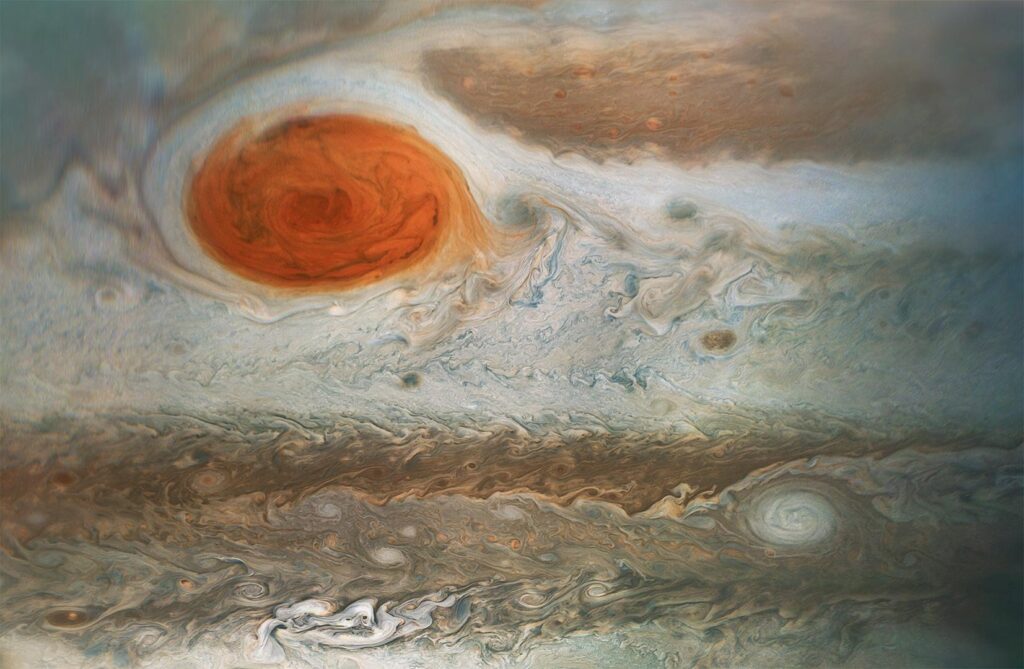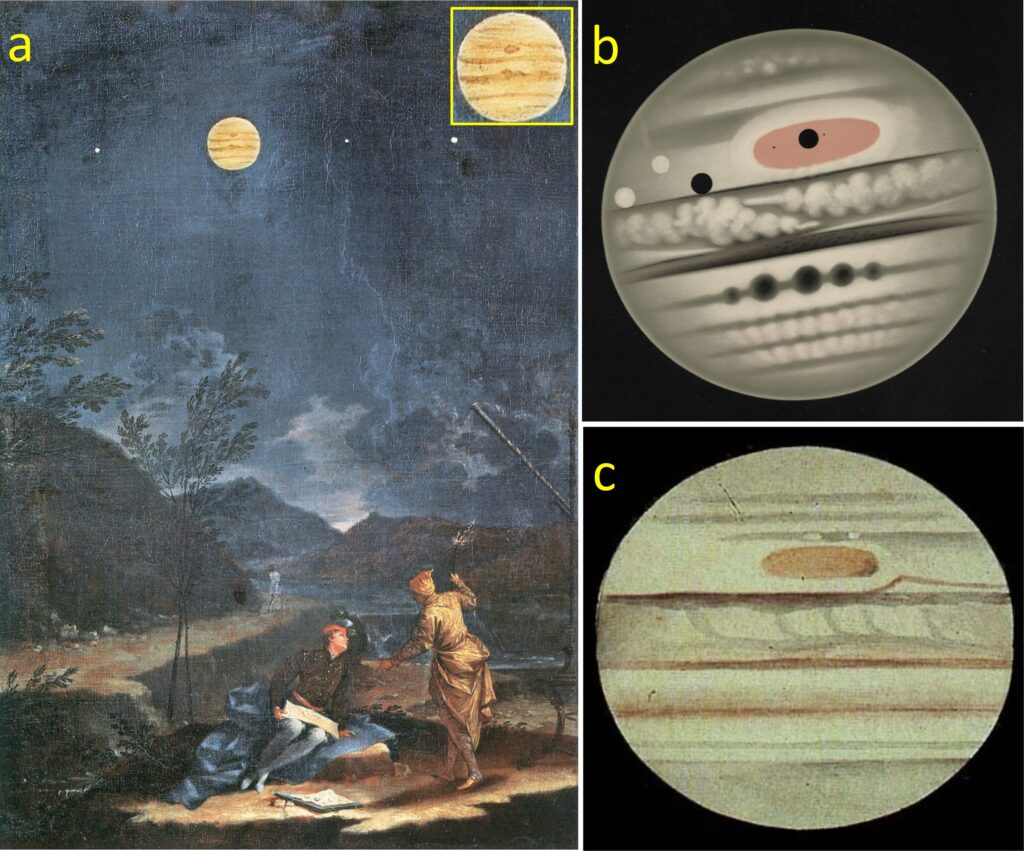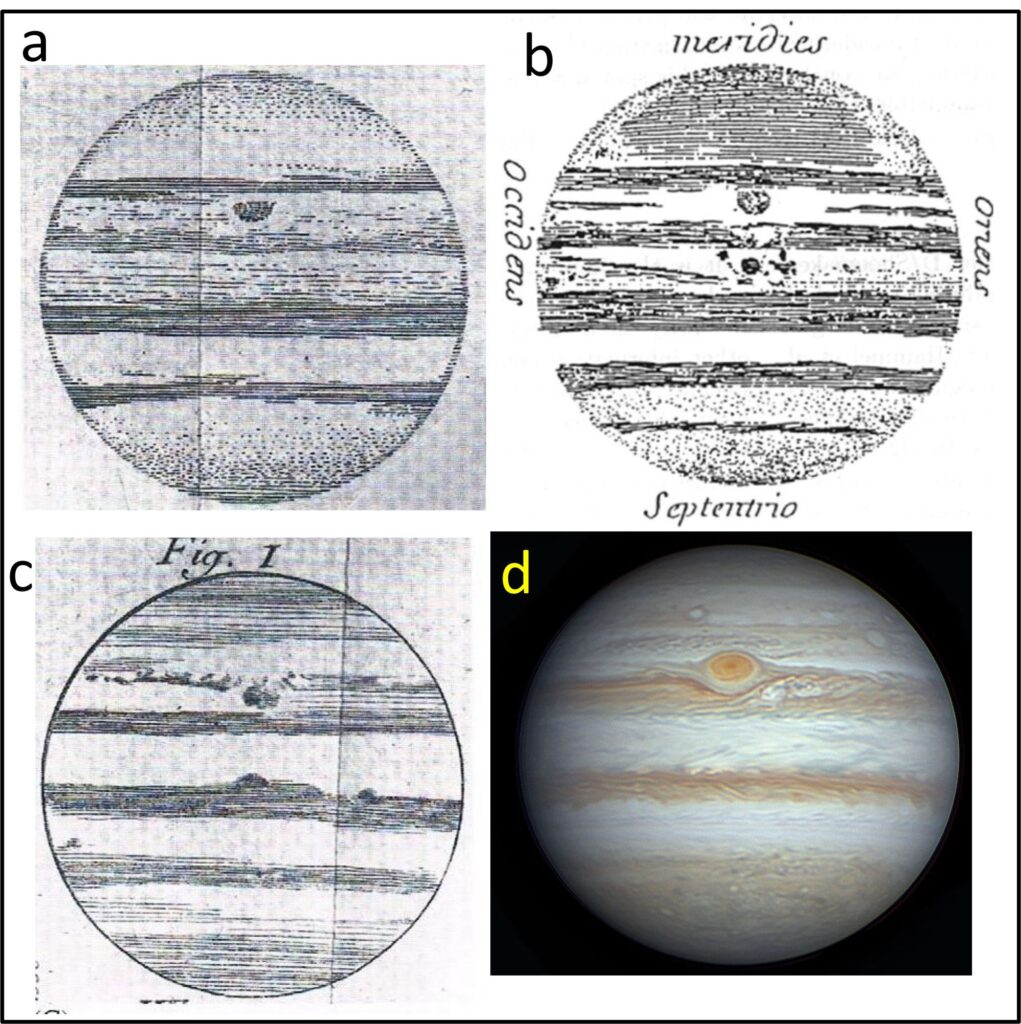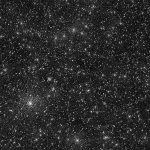THE ICONIC FEATURE LIKELY FORMED AT LEAST 190 YEARS AGO, MAKING IT THE LONGEST-LIVED VORTEX KNOWN IN THE SOLAR SYSTEM
Key takeaways
- Jupiter’s Great Red Spot has existed for at least 190 years, making it the longest-lived vortex known in the solar system.
- The current Great Red Spot is likely not the same as the one observed by Cassini in the 1600s.
- The spot formed due to an instability in Jupiter’s powerful atmospheric winds, leading to a persistent atmospheric cell.
- Researchers used historical observations and numerical models to study the spot’s evolution over time.
- Scientists aim to understand the Great Red Spot’s shrinkage and whether it will disappear or stabilize over time.

WASHINGTON — According to a recent study, Jupiter’s distinctive Great Red Spot has been around for at least 190 years and is most likely not the same as the one spotted by astronomer Giovanni Domenico Cassini in 1665. According to the study, the Great Red Spot we observe today was most likely generated due to an instability in the planet’s powerful atmospheric winds, resulting in a lengthy, persistent atmospheric cell.
The Great Red Spot is the solar system’s largest known planetary vortex, but its age has long been questioned, and the mechanism that formed it remains unknown. The new study examined historical observations dating back to the 17th century as well as numerical models to understand the length and nature of this amazing phenomena.
According to Agustín Sánchez-Lavega, a planetary scientist at the University of the Basque Country in Bilbao, Spain, the current Great Red Spot is unlikely to be Cassini’s ‘Permanent Spot’ based on size and movement observations. “The ‘Permanent Spot’ probably disappeared sometime between the mid-18th and 19th centuries, in which case we can now say that the longevity of the Red Spot exceeds 190 years.”
The study was published in Geophysical Research Letters, an open-access American Geophysical Union publication that publishes high-impact, short-format reports with urgent significance in the Earth and space disciplines.
A SPOTTY HISTORY
Jupiter’s Great Red Spot is a gigantic atmospheric vortex with a diameter similar to that of Earth. Winds gust at 450 kilometers per hour (280 miles per hour) at its outskirts. Its red tint, caused by atmospheric chemical processes, contrasts sharply with the rest of the gas giant’s whitish clouds.
Scientists have been fascinated by the point for years, thanks in part to its huge size, which allows it to be seen even with modest telescopes. Cassini found a black oval at the same latitude as today’s Great Red Spot in 1665, naming it the “Permanent Spot,” which he and other astronomers studied until 1713, when they lost track of it. It wasn’t until 1831 and later that scientists discovered a clear, oval formation at the same latitude as the Great Red Spot. Given the infrequent historical observations of Jupiter’s spots, scientists have long argued whether today’s Great Red Spot is the same as the one seen by scientists in the 17th century.

The writers studied historical materials dating back to the mid-1600s to examine how the spot’s size, structure, and position changed over time.
“It has been very motivating and inspiring to turn to the notes and drawings of Jupiter and its Permanent Spot made by the great astronomer Jean Dominique Cassini, and to his articles of the second half of the 17th century describing the phenomenon,” Sánchez-Lavega wrote. “Others before us had explored these observations, and now we have quantified the results.”
HOW THE SPOT WAS FORMED
The Red Spot, which measured 39,000 kilometers (about 24,200 miles) at its longest axis in 1879, has shrunk to roughly 14,000 kilometers (8,700 miles) now while growing more rounded, according to the study. Since the 1970s, various space missions have examined this meteorological phenomenon; most recently, data from Juno’s equipment indicated that the Great Red Spot is shallow and narrow, which is significant information for scientists investigating the spot’s genesis.
To investigate how this massive vortex arose, the researchers ran numerical simulations on supercomputers using two models of the behavior of narrow vortices in Jupiter’s atmosphere. The spot could have formed as a result of a massive superstorm, similar to those occasionally observed on Jupiter’s twin planet Saturn; the merging of multiple smaller vortices produced by wind shear from the intense wind currents that flow parallel to each other but alternate in direction with latitude; or an instability in the winds that could produce an elongated atmospheric cell, similar in shape to the Spot.
The results show that, while an anticyclone arises in the first two situations, it differs in shape and dynamic features from the current Great Red Spot. The cell-producing wind instability, on the other hand, could have resulted in a “proto-Great Red Spot” that eventually diminished, giving rise to the compact and fast spinning Great Red Spot seen in the late nineteenth century.
The formation mechanism is corroborated by observations of huge, elongated cells forming other big vortices on Jupiter.
Future studies will attempt to replicate the Great Red Spot’s shrinkage over time in order to understand the physical reasons underpinning the Spot’s relative stability. Researchers also want to know whether the Great Red Spot will dissolve and disappear when it reaches a certain size limit, like Cassini’s Permanent Spot did, or whether it will stabilize at a size limit and exist for many more years.

NOTES FOR JOURNALISTS:
This study was published in Geophysical Research Letters, an open-access AGU journal. View and download a pdf of the study here.
This is released jointly with the University of the Basque Country and modified from their press release, which is online here. Interview requests should be directed to the researchers. Media and captions to accompany this story are available here.
PAPER TITLE:
“The origin of Jupiter’s Great Red Spot”
AUTHORS:
- Agustín Sánchez-Lavega (corresponding author), Jon Legarreta, Escuela de Ingenieria de Bilbao, Universidad del Pais Vasco (UPV/EHU), Bilbao, Spain
- Enrique García-Melendo, Manel Soria, Kevin Ahrens-Velásquez, Escola Superior d’Enginyeries Industrial, Aerospacial I Audiovisual de Terrassa, Universitat Politecnica de Cataluyna, Terrassa (Barecelona), Spain
- Arnau Miró, Barcelona Supercomputing Center, Barcelona, Spain


